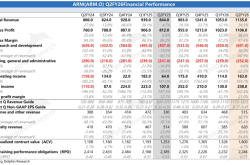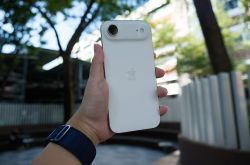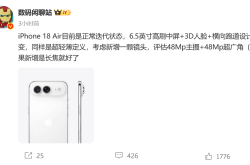Review of Biwin CB500 CFexpress 4.0 Type B Memory Card
![]() 06/19 2025
06/19 2025
![]() 791
791
In recent years, CFexpress memory cards have dominated the mid-to-high-end mirrorless camera market with speeds exceeding 1GB/s and capacities reaching 4TB. However, professionals soon realized that CFexpress 2.0 cards struggled to fully unleash the potential of their cameras. Consequently, the storage industry turned its focus to CFexpress 4.0 cards last year. HotTech recently received Biwin's CB500 CFexpress 4.0 Type B memory card (512GB).
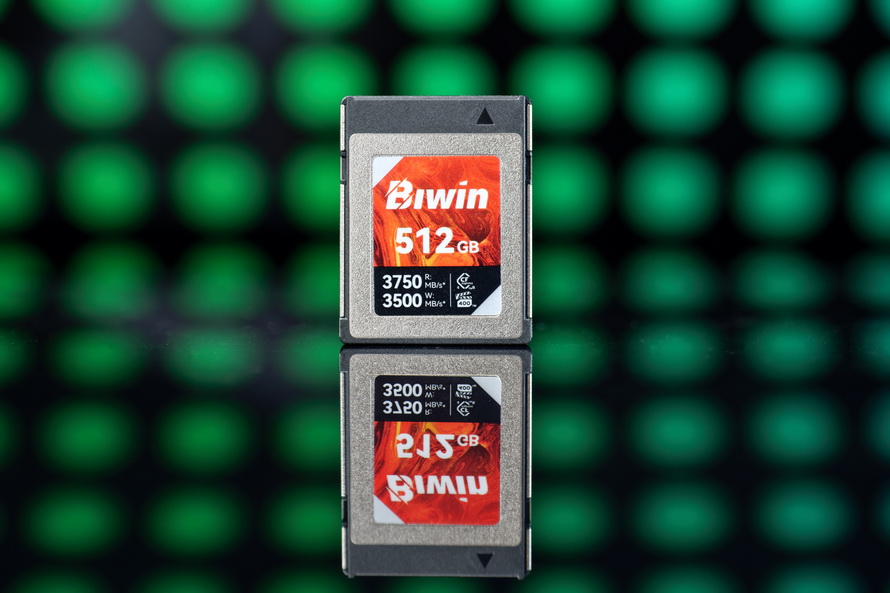
Rapid Evolution of CFexpress Memory Cards
CFexpress 4.0 was swiftly introduced and implemented. At the end of August 2023, the CompactFlash Association announced the CFexpress 4.0 standard, which utilizes the PCIe protocol. The transition from 2.0 to 4.0 doubled the transfer speed—CFexpress 4.0 Type A reaches 2GB/s, while Type B soars to 4GB/s. Simultaneously, the association revealed plans for a new VPG (Video Performance Guarantee) standard.
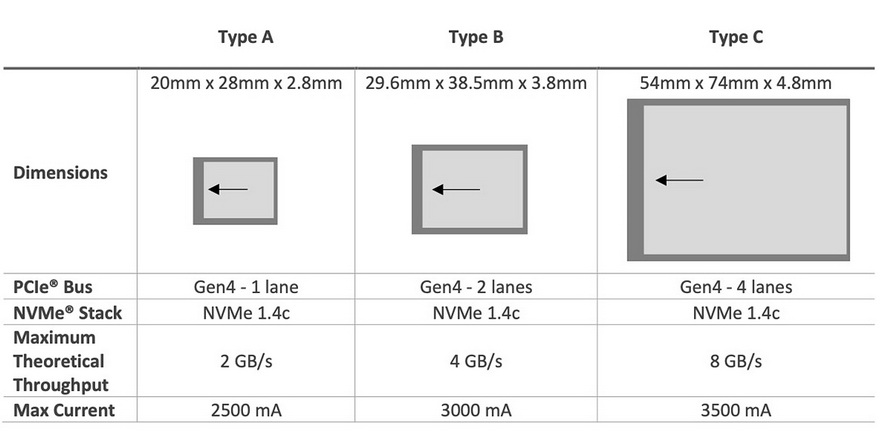
However, the new VPG standard materialized slowly, with the CompactFlash Association finally introducing the VPG-5 standard in late February this year. This standard includes VPG800 and VPG1600 certifications, requiring sustained write speeds of no less than 800MB/s and 1600MB/s, respectively, for video recording. Due to this delay, CFexpress 4.0 cards released last year and earlier this year could only obtain VPG400 certification, failing to fully showcase their true performance. Biwin's CB500 is one such example.

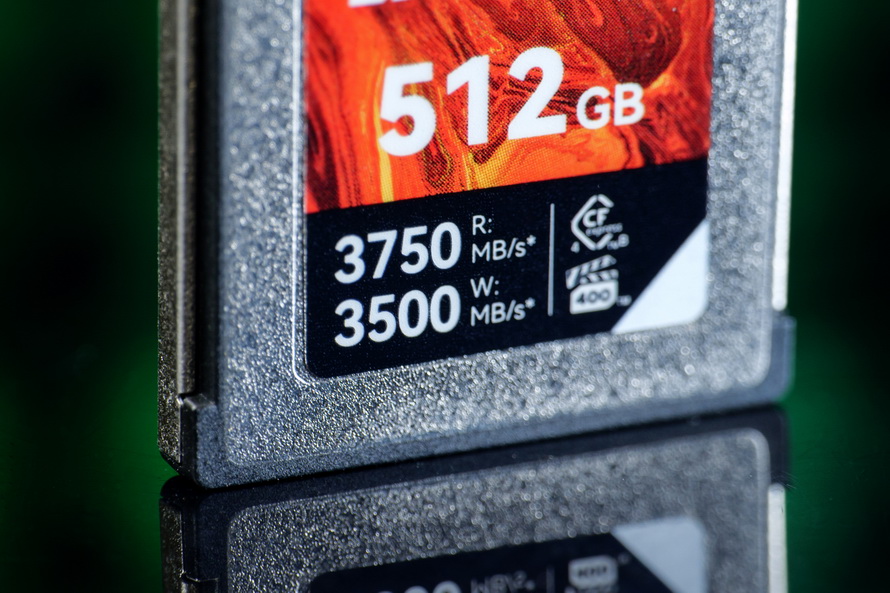
Biwin's CB500 debuted at CES 2025 in January this year, available in four capacities: 128GB, 256GB, 512GB, and 1TB. All capacities have passed VPG400 certification, ensuring a sustained write speed of no less than 400MB/s. The 128GB and 256GB versions boast peak read and write speeds of 3700MB/s and 3400MB/s, respectively, while the 512GB and 1TB versions are slightly faster, with speeds of 3750MB/s and 3500MB/s. Weighing just 9.1g, the card can operate within a temperature range of -12°C to 72°C, making it ideal for harsh environments.
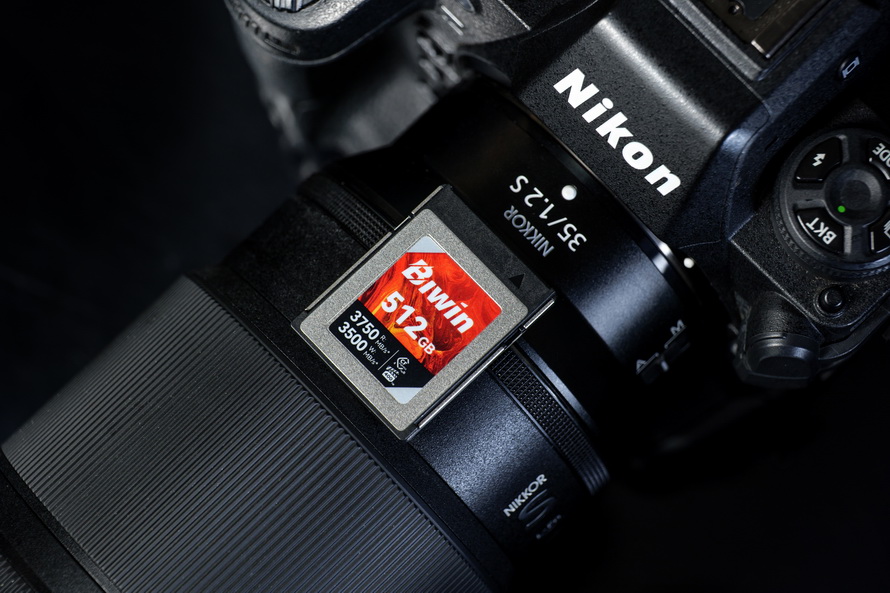
To complement the CB500, Biwin introduced the RB510 card reader, supporting CFexpress 4.0 Type B cards. It features a USB-C interface with a bandwidth of up to 40Gbps and a long LED indicator light.
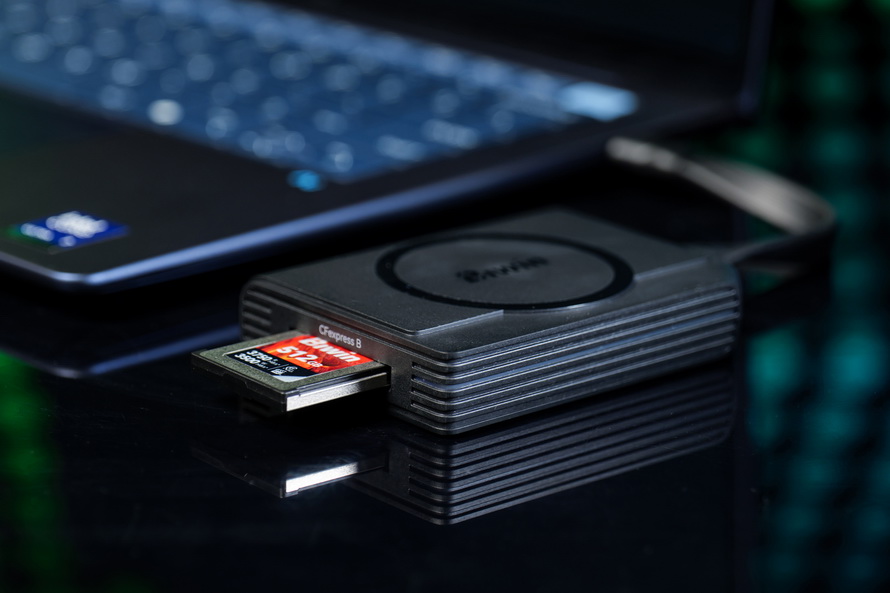
Performance Testing
Let's delve into Biwin's CB500 performance. Our first test used CrystalDiskMark on an AMD Ryzen 9 9900X3D paired with an MSI MPG X870E CARBON WIFI motherboard and Biwin's RB510 card reader. Notably, the card reader has a maximum read speed of 3350 MB/s and a write speed of 3200 MB/s, limiting the tested memory card speeds. The actual measured read speed was 3378 MB/s, and the write speed was 3079 MB/s.
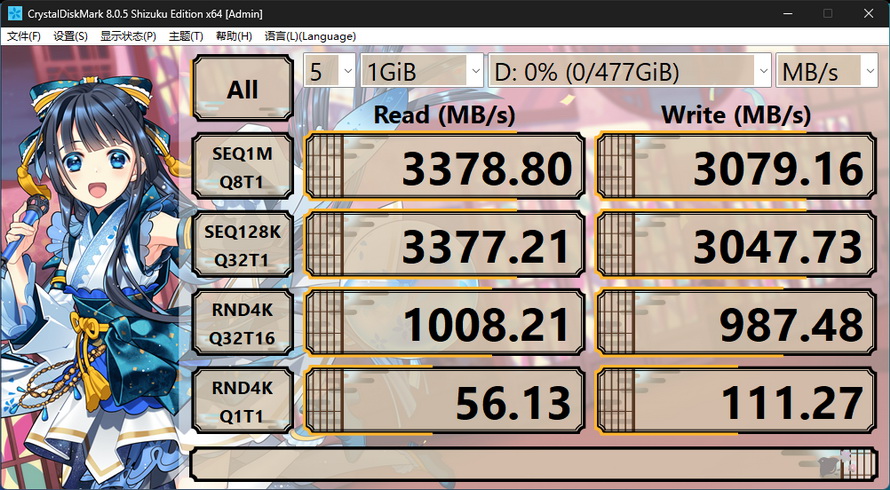
Next, we tested the memory card's performance on a camera. We chose Nikon's flagship mirrorless camera, the Z9 (firmware version V5.2), equipped with a 45MP stacked BSI CMOS sensor and capable of RAW burst shooting at 20 FPS with no limit on consecutive shots. As long as the memory card's write speed matches the camera's output speed, it can maintain 20 FPS high-speed continuous shooting. The Z9 supports three RAW formats: Lossless Compressed, High Efficiency*, and High Efficiency. We tested Biwin's CB500 in these formats by measuring 20 FPS high-speed continuous shooting for one minute, calculating the average burst shooting speed, the speed after buffer exhaustion, and the average memory card write speed. Manual shutter pressing may introduce slight errors in measured data. Tests were conducted at 24°C, with the camera and memory card fully cooled before each test.
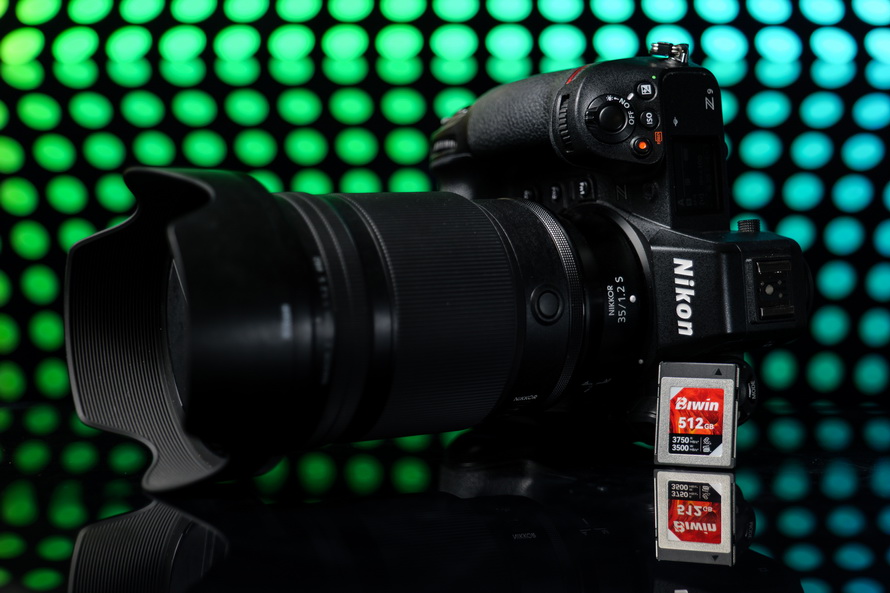
When set to Lossless Compressed RAW, the CB500 achieved 20 FPS full-speed continuous shooting for 3.1 seconds. After buffer exhaustion, the average buffer-out speed dropped to 13.50 FPS, with an average burst shooting speed of 13.99 FPS and an average write speed of 662.19 MB/s within one minute. For High Efficiency*, the corresponding data were 7.85 seconds, 17.23 FPS, 16.81 FPS, and 501.76 MB/s. For High Efficiency, the data were 23.68 seconds, 19.05 FPS, 19.4 FPS, and 345 MB/s. Under High Efficiency* RAW, the Z9 and CB500 combination almost achieved continuous shooting without speed reduction. However, all three Z9 RAW formats are compressed, with file sizes in the order: Lossless Compressed > High Efficiency* > High Efficiency, explaining why higher burst speeds result in lower average write speeds.

In addition to burst shooting, we tested Biwin's CB500 for video recording duration and temperature performance on the Z9. With a capacity of 512GB (476GB under Windows), we chose the 8.3K60P NRAW format (high quality, 5780Mbps bitrate) and the 4.1K120P N-RAW format (standard quality, 1750Mbps bitrate). The former is the Z9's highest bitrate video, reaching 720MB/s, while the latter offers the highest output frame rate in full-frame mode. Tests were conducted at approximately 24°C.
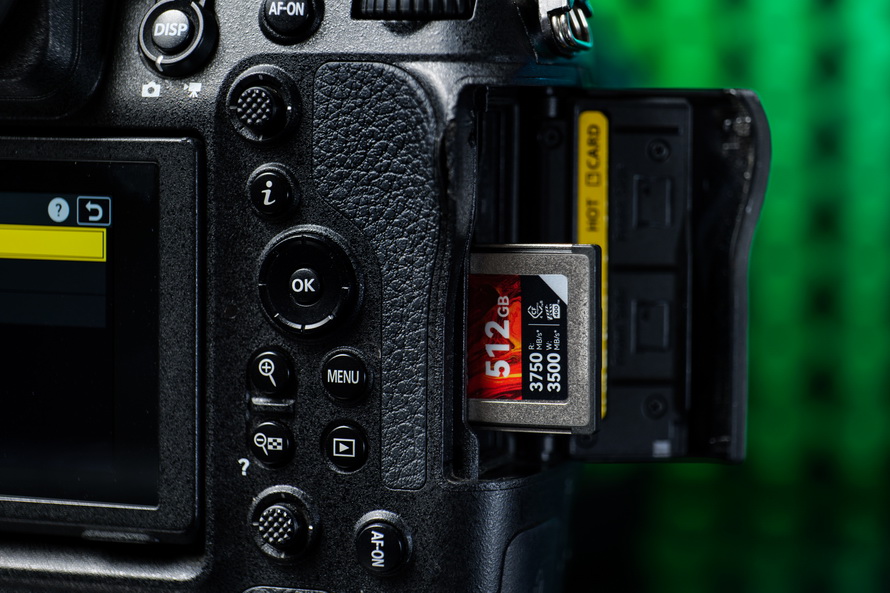
Under the 8.3K60P NRAW format, the Biwin CB500 recorded video continuously for 11 minutes and 40 seconds before the camera interrupted recording. The memory card had 3.04GB remaining, with a utilization rate of 99.36%. Post-removal, we measured its surface temperature with an infrared thermometer, finding front and back temperatures of 42.5°C and 37.5°C, respectively. Under the 4.1K120P NRAW format, it recorded for 36 minutes and 25 seconds, with 13.3GB remaining and a utilization rate of 97.21%. Front and back temperatures reached 48°C and 39.3°C, respectively. In both tests, the Biwin CB500's temperature did not exceed 50°C, demonstrating excellent temperature control and a capacity utilization rate over 97%.

While Biwin's CB500 excels in performance, it may not suit all cameras with CFexpress Type B slots, like Panasonic's Lumix S1M2. The S1M2 uses a 24MP partially stacked sensor and can shoot at 70 FPS with an electronic shutter, but consecutive shots highly depend on its internal buffer. Photos are first stored in the buffer during burst shooting and then written to the memory card. Shooting stops when the buffer is full and resumes only after space is cleared. This design ensures burst performance is minimally affected by the memory card but means high-performance cards do not significantly increase consecutive shots.

We inserted Biwin's CB500 and a CFexpress 2.0 Type B card from Brand L (1750MB/s read speed, 128GB capacity) into the S1M2, set the camera to electronic shutter and 70 FPS burst shooting, and continuously pressed the shutter until the buffer was exhausted. This tested the memory cards' photo write speeds. From burst start to write end, Biwin's CB500 took 32.3 seconds, writing 3.76GB and 180 photos at an average speed of 119MB/s. In comparison, the Brand L card took 33.7 seconds, writing 3.80GB and 180 photos at an average speed of 115MB/s, slightly slower. Given their price difference, the S1M2 is not ideal for the more expensive CFexpress 4.0 Type B card.
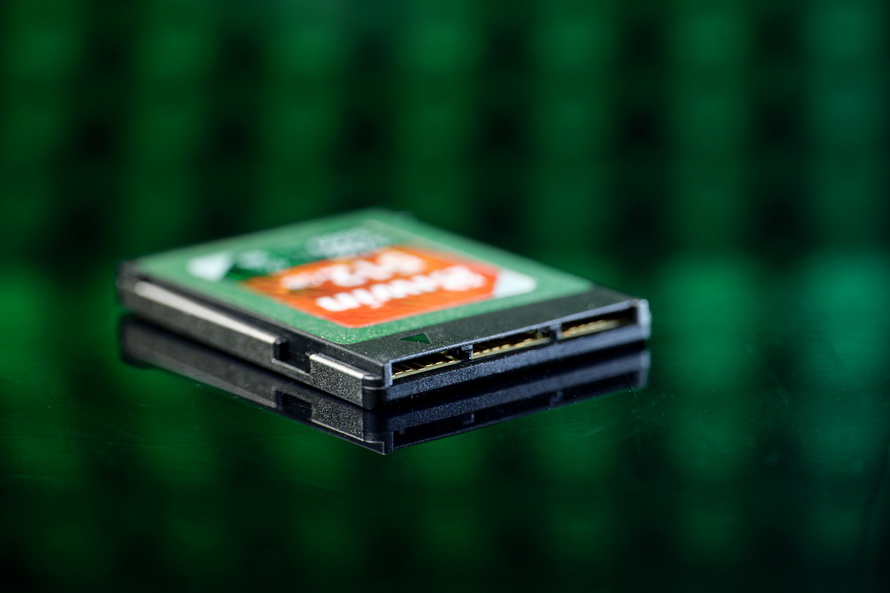
Conclusion
With stacked CMOS sensor technology, mirrorless cameras have significantly increased burst speeds and consecutive shots. In-camera RAW video recording and 4K120P slow-motion video are gaining popularity, demanding high memory card performance and low heat generation. As a CFexpress 4.0 Type B card, Biwin's CB500 boasts nominal read and write speeds of up to 3750 MB/s and 3500 MB/s, respectively. Within the Nikon Z9, it achieves a photo write speed of 662.19 MB/s. After nearly 40 minutes of continuous 4.1K120P NRAW video recording, the card's surface temperature did not exceed 50°C. The CB500 balances high performance with low heat generation, making it ideal for users of cameras like the Nikon Z9/Z8 and Canon EOS R1/R5 Mark II.


